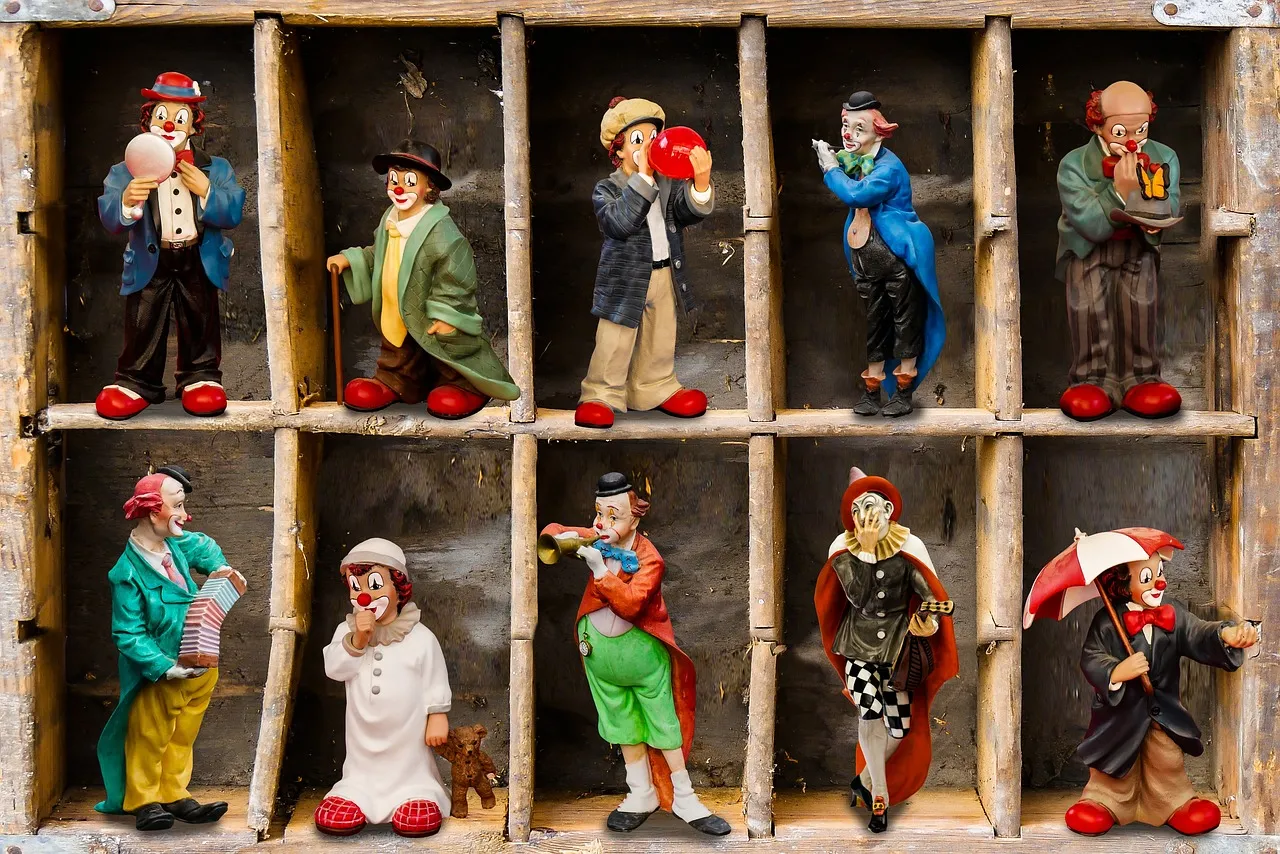Here’s a history quiz.
What white supremacist said slavery transformed African-Americans “from brutal savages into docile, intelligent, and civilized laborers” and blessed them “not only with bodily comforts but with careful religious instruction”?
Hint: The guy’s statue is in the Kentucky Capitol rotunda in Frankfort.
Confederate President Jefferson Davis was a “PATRIOT-HERO-STATESMAN,” according to a shiny bronze plaque on the base of his appropriately-hued creamy white marble likeness.
There’s irony aplenty in the memorial to the Kentucky-born Mississippian. The Bluegrass State spurned secession during the Civil War. The state legislature deemed Davis and the Confederates traitors. Kentuckians who donned Rebel gray or aided and abetted the Confederacy were subject to imprisonment or fines, or both.

The statue belongs in a museum, maybe across town at the capital city’s Thomas D. Clark Center for Kentucky History.
Of course, white folks in groups like the Sons of Confederate Veterans insist that removing rebel statuary robs them of their “heritage.” Governor Matt Bevin, echoing SCV sentiment, said removing Confederate statuary from public property is a “sanitization of history,” USA Today reported. In truth, this would qualify as sanitization of history when hogs fly and kids don’t shoot hoops in Kentucky anymore—nah, not even then.
The statue has more to do with how Kentuckians came to view the war than with America’s most lethal conflict itself. Bluegrass State Yankees far outnumbered Rebels from Kentucky.
Kentucky embraced the Confederacy only after Davis’ side was licked in 1865, as historian Anne E. Marshall explains in her book, Creating A Confederate Kentucky: The Lost Cause and Civil War Memory in a Border State.
“In a postwar world where racial boundaries were in flux, the Lost Cause and the conservative politics that went with it seemed not only a comforting reminder of a past free of nineteenth century insecurities, but also a way to reinforce contemporary efforts to maintain white supremacy,” wrote the Lexington native, who’s a history professor at Mississippi State University.
The statue is a relic of white supremacist, Jim Crow Kentucky. It went up in 1936 when segregation and race discrimination were long-entrenched in law and the social order.
“It definitely reflects the time period when the United Confederate Veterans, United Daughters of the Confederacy and others were declaring Confederate Memorial days, and celebrating the leaders of the Confederacy,” Marshall said.
“As far as the sanitizing history charge, that is a pretty inconsistent and vacuous argument coming from people who still want to glorify heroes of the Lost Cause, versus more moderate and even liberal people who are unsure about removal or at least want to contextualize monuments.
“It just doesn’t work coming from [Confederate apologists]…I think they are worried about losing representation rather than ‘sanitizing’ history, which is their whole M.O. Losing the statue does mean losing representation for them.”
The Confederacy’s commander-in-chief was long gone from Kentucky when the Civil War started in April, 1861. He was a child when his family migrated to Louisiana, then Mississippi.
He “always considered Mississippi his true home,” says Mississippi History Now online.
In the 1820s, teenage Jeff did study briefly at Transylvania University in Lexington—then more like a high school—before going to West Point. After he graduated, he led Mississippi troops in the Mexican-American War and was secretary of war and a congressman and senator from the Magnolia State.
 Also a rich plantation owner and slave holder, Davis was all in for Dixie’s peculiar institution. The war was only 17 days old when he effusively praised slavery in a speech to the Confederate Congress.
Also a rich plantation owner and slave holder, Davis was all in for Dixie’s peculiar institution. The war was only 17 days old when he effusively praised slavery in a speech to the Confederate Congress.
He declared that bondage was a boon to black folks. Never mind that their ancestors were kidnapped from their homes in Africa, crammed into hellish slave ships, and dragged off to white Europe’s New World in chains to be sold like farm animals.
Forget that their offspring, too, became slaves who had no rights. They, like their forebears, were forced to work long, grueling hours at no pay for whites who brutalized them physically and psychologically and considered them chattel—movable property—like a cow or a plow.
Bondage “civilized” African Americans, said Davis.
He added that “under the supervision of a superior race,” slaves were “so directed as not only to allow a gradual and marked amelioration of their own condition, but to convert hundreds of thousands of square miles of the wilderness into cultivated lands covered with a prosperous [white] people.”
The slave population, according to Davis, grew to more than four million because of “the mild and genial climate of the Southern States” and because of slave holders’ “increasing care and attention for the well-being and comfort of the laboring class, dictated alike by interest and humanity.”
Predictably, Davis denounced Yankee abolitionists who dared insist that slavery mocked the Good Book—the Golden Rule in particular–and the passage in the Declaration of Independence that said “all men are created equal.” (Confederate Vice President Alexander H. Stephens said the Declaration was flat wrong. He said he was grateful to the Good Lord that the Confederacy was “founded upon exactly the opposite idea; its foundations are laid, its cornerstone rests, upon the great truth that the negro is not equal to the white man; that slavery, subordination to the superior race, is his natural and moral condition.”)
Slaves were happy and content, Davis implied, before “fanatical organizations” in the North became “assiduously engaged in exciting amongst the slaves a spirit of discontent and revolt.”
The Confederate president pilloried President Abraham Lincoln of Illinois, also a Kentucky native, and his anti-slavery Republican party—a party as different as chalk and cheese from Bevin and Donald Trump’s near lily-white GOP, which looks more like the party of Jeff Davis.
Lincoln won the presidency in November, 1860, on a platform that called for barring slavery from the federal territories in the west. Between December, 1860, and June, 1861, eleven slave states seceded because they feared that limiting slavery’s expansion was the first step toward Uncle Sam abolishing slavery, period.
Davis charged that “a spirit of ultra fanaticism” drove the Republicans. Lincoln’s “avowed object” was to use federal might to hem in the slave states with future free states, he asserted. Davis complained that in doing so, the Republicans were “rendering the property in slaves so insecure as to be comparatively worthless, and thereby annihilating in effect property worth thousands of millions of dollars.”
Davis argued that congressional foes of African American enslavement were guilty of devising “a persistent and organized system of hostile measures against the rights of owners of slaves in the Southern States.” Consequently, he said, the North forced the South to secede, thereby resuming “all their rights as sovereign and independent States.” By “rights,” Davis meant the rights of states to maintain slavery.
Louisville NAACP President Raoul Cunningham noted that while Davis came into the world in the Bluegrass State, he spent most of his life in Mississippi.
“…He led pro-slavery states that seceded from the nation during the Civil War,” Cunningham told the Lexington Herald-Leader. “Why do we want to keep his statue in our Capitol?”
Why indeed?
–30–
Photo by dmott9  (Related: Art, History, Honor: the Jefferson Davis Statue)
(Related: Art, History, Honor: the Jefferson Davis Statue)
Comments






